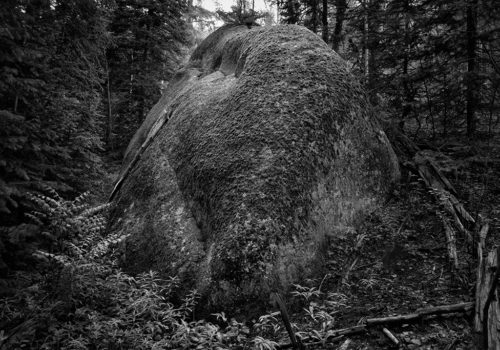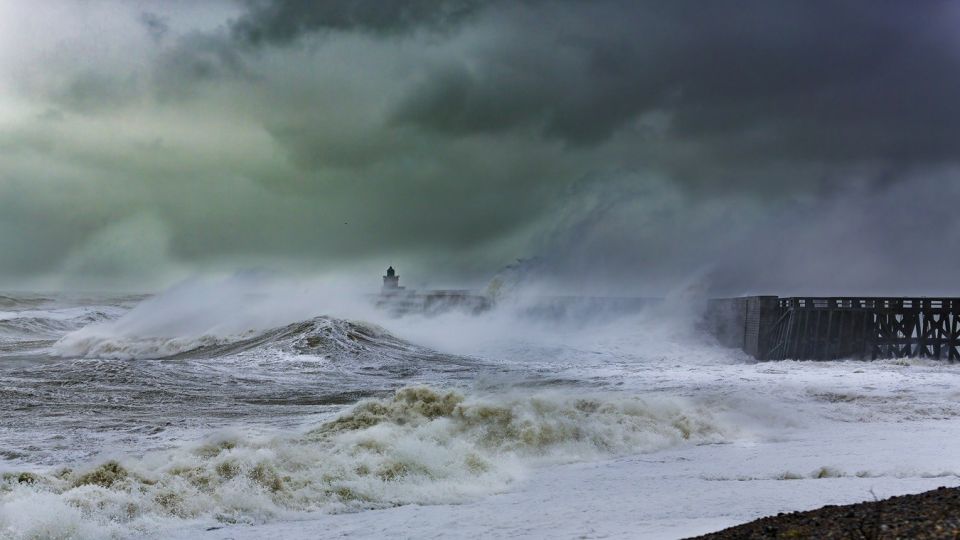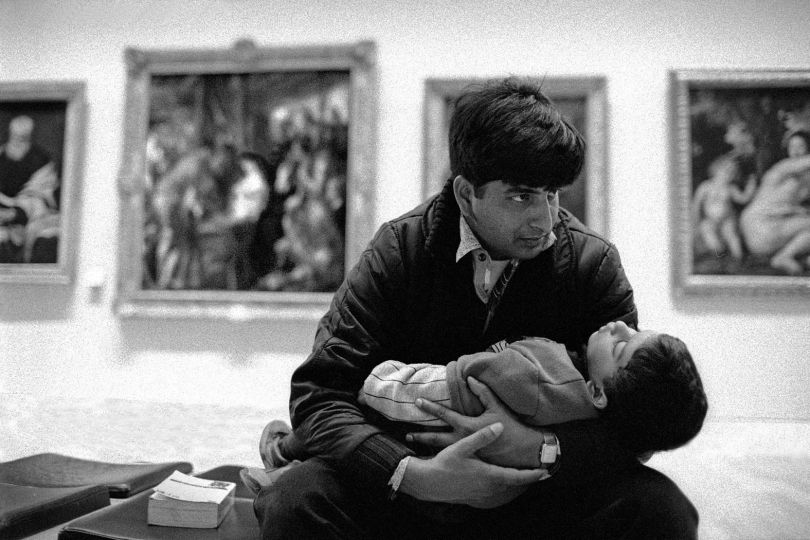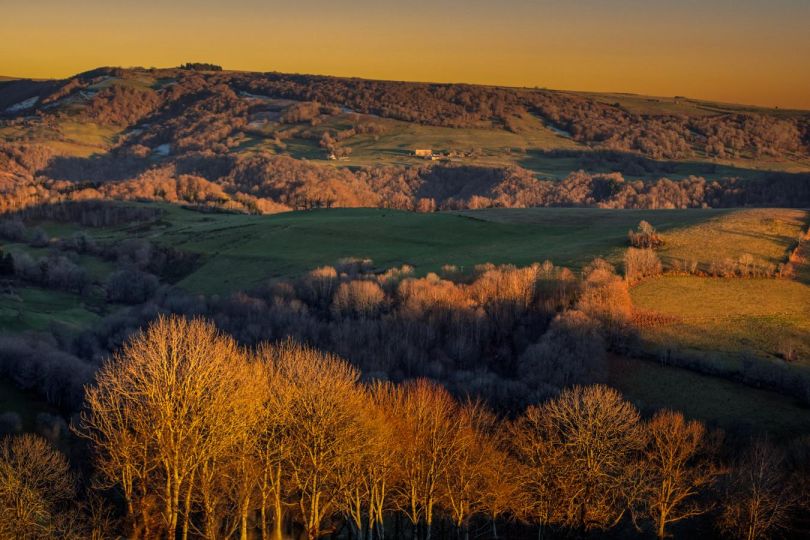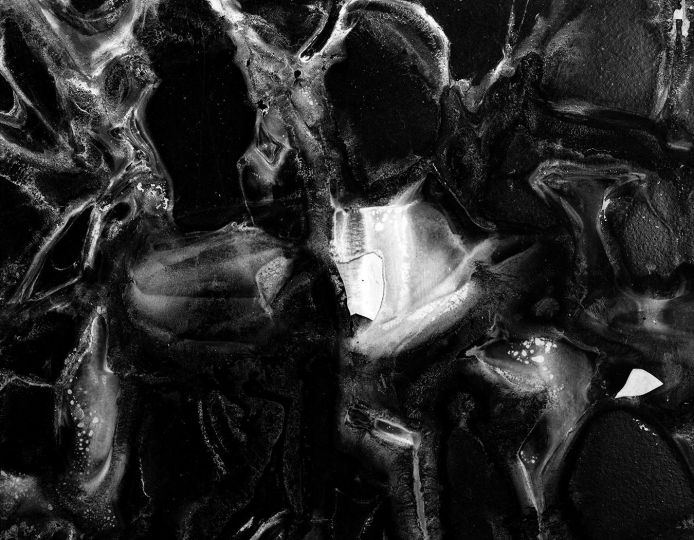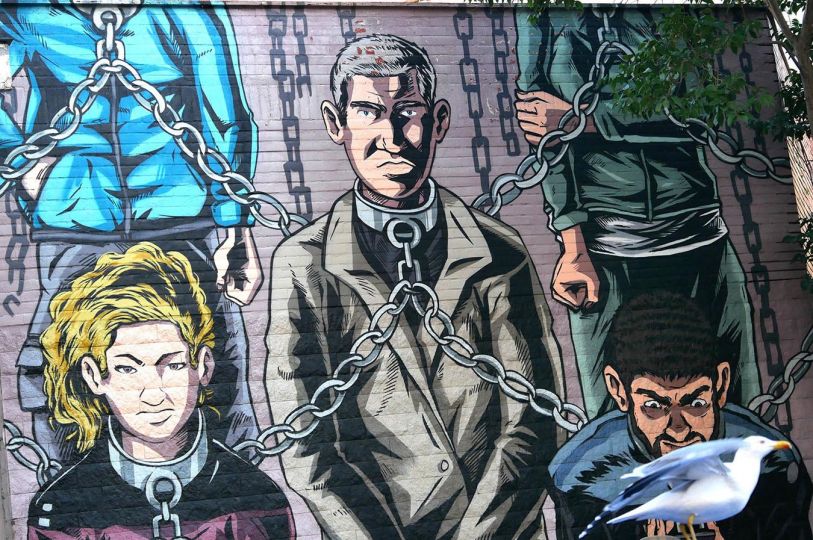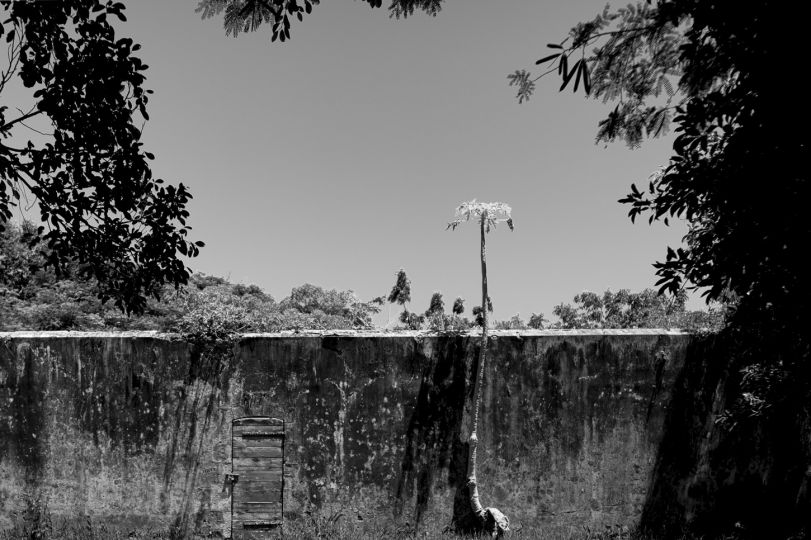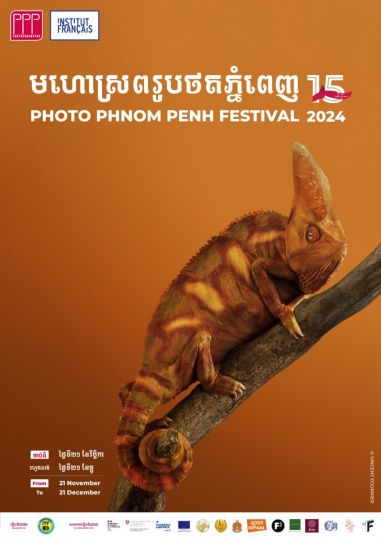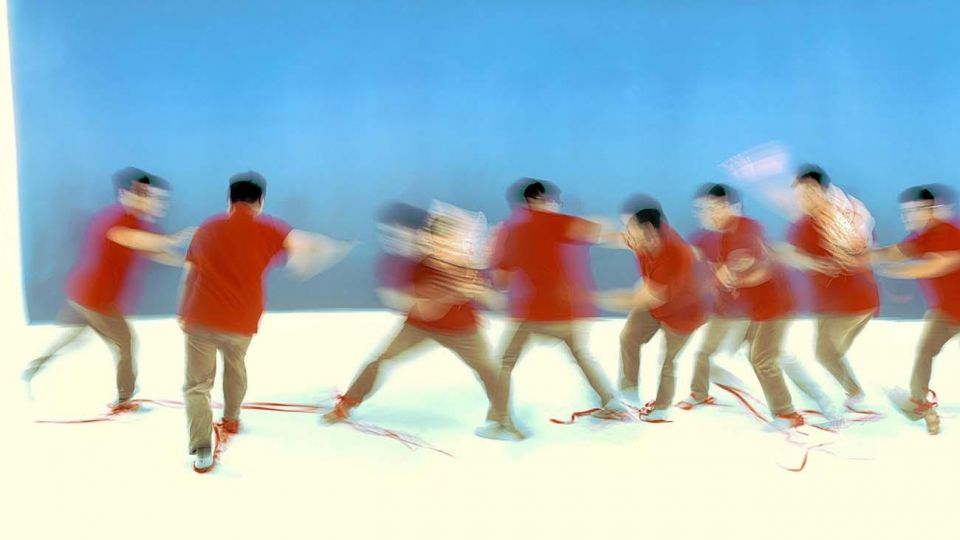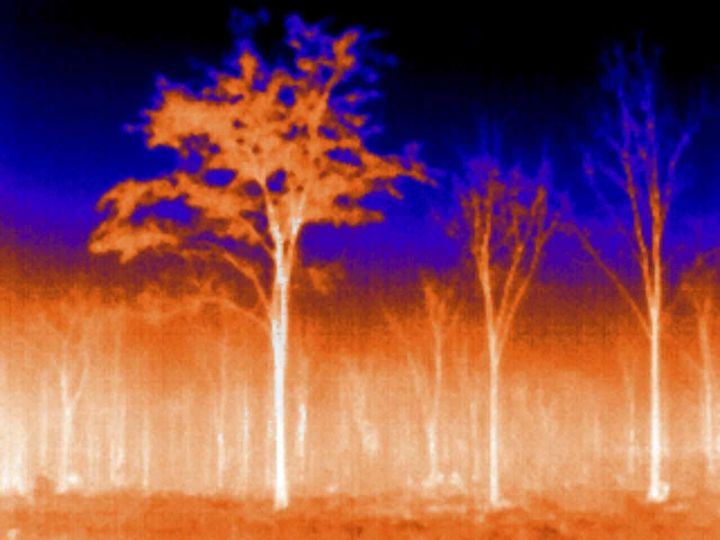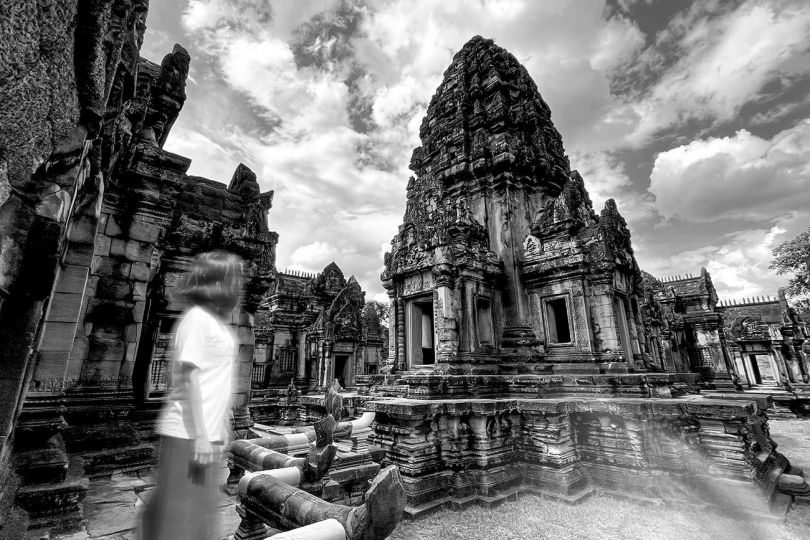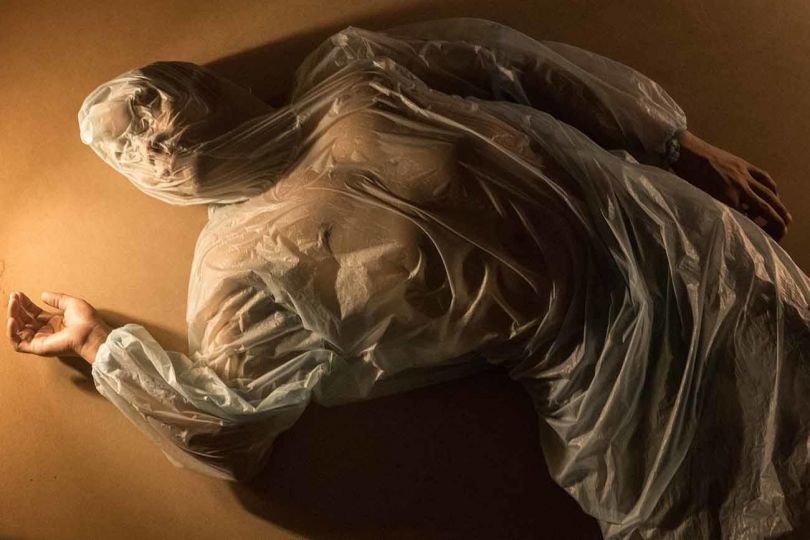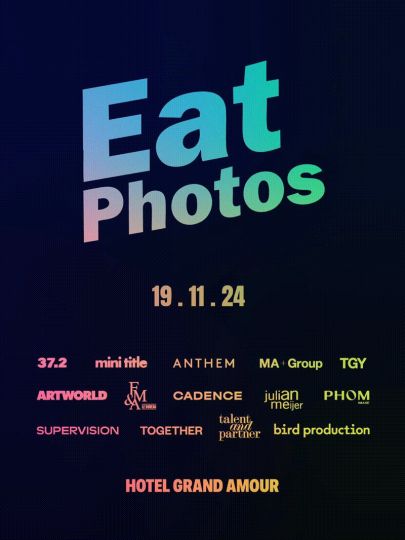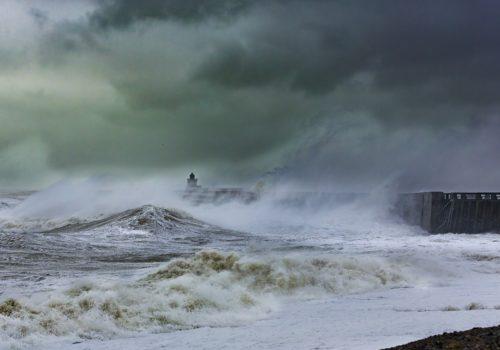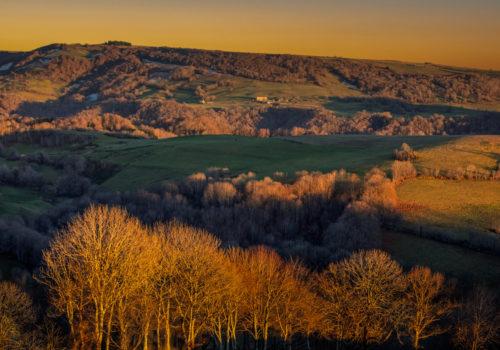Goodwin Fine Art presents a group exhibition of Andrew Beckham, Brenda Biondo, Binh Danh, Linda Connor, and David Maisel as part of the citywide event Month of Photography (MoP). The exhibition is featuring as the title of the show suggests, work that has been culled from a specific series or body of work by each of the featured artists. While there is no overarching theme attached to the exhibition, rather the representative work by each artist stands alone, however parallels can be drawn between the imagery and the inherent sensibilities within each of the series presented. As with many artists whose practice includes working on a themed body or series of work each cycle contains remnants of what has come before. As T.S. Eliot wrote, “we shall not cease from exploration, and the end of all our exploring will be to arrive where we started and to know that place for the first time.” T.S. Eliot, Four Quartets
Andrew Beckham’s The Monolith Project is an example of such a path taken. The portfolio marks the sixth in a series of projects that have in large part concentrated on the landscape both the known and unknowable, as revealed in One Square Mile, where the artist focuses on a small area of wooded land outside of Denver in Bear Creek Canyon. The portfolio An Incalculable Distance, juxtaposes 17th century star charts with imagery found close at hand such as a detail of the ground covered in frost or fallen leaves on a patio table. The Monolith Project might seem like uncharted territory for the artist where instead of drawing you into the dense labyrinth of One Square Mile, these are images that challenge the viewer to reckon such as the image Slab, where a giant piece of granite rests precipitously on a boulder creating a tension not only within the confines of the composition, but also by the sheer physicality of the image. This portfolio of work brings attention to Beckham’s long held fascination with powerful landforms and along with it the maturity of a lens that simultaneously focuses both outward as well as inward.
Brenda Biondo’s striking bold geometric compositions from her latest series entitled, Paper Skies are purist in their formal abstract qualities. They are all about the intersection of line, color, shape and form. Biondo has created these images by a deceptively simple process of photographing folded and cut pieces of paper against the backdrop of the blue sky. Previous bodies of work by the artist have included Remnants and Revival, work stemming from the artist’s long held interest in land conservancy where divided compositions showing a close-up view of a single indigenous plant form on one side is contrasted by an expansive landscape on the opposing side. Another series entitled, Evanescence: Radius of Light focuses on the ethereal nature of cloud formations that are subtle studies in color. In this latest series Biondo pays homage to the early masters of non-objective abstract painting.
In Binh Danh’s landscape images from Yosemite the artist employs one of the earliest photographic processes known as the Daguerreotype. It seems only fitting for Danh to use this early technique to capture images of the iconic national park that has been etched into our collective memory from photographs by Carleton Watkins and Ansel Adams to paintings by Albert Bierstadt. These mercurial, ghost-like images of the famed national park are spellbinding. The viewer upon first look might be startled to see their image reflected back from the shiny silver coated cooper plate. As one adjusts their gaze the image slowly emerges allowing for the subtle variations of tonal range and surface quality to be contemplated. These images are almost as haunting as the portraits and depictions from the artist’s earlier series based on the Cambodian-Vietnamese war. Danh through the process of photosynthesis transferred onto the surface of leaves single images or portraits of the people that bore witness and became the casualties of the decades long war. This inventive technique is now referred to as Chlorophyll prints and the process synonymous with the artist.
Linda Connor presents a group of photographs from a series titled, Once the Ocean Floor. The images are from a 2013 visit to the Himalayas in the Ladakh region of India. A place that Connor has traveled and photographed for over three decades, documenting many of its Buddhist sites and landscape using a large format camera. Of the images from this series many are close up views of steep mountainsides and rock faces revealing the power and intense uplift that created the world’s highest mountain range. These tightly cropped compositions provide a shift of perspective from the negotiable view of the “landscape” to one that focuses on substance and surface of place. There is a sense of disorientation that takes place and dislocates them from our usual temporal sense of where we are and what we are in fact seeing. The work additionally alludes to the vastness of time and transformation through geologic disturbances that occurred millions of years ago. They speak of scale, photographic specificity and in the end modernist abstraction. Connor will often describe her work as a non-religious form of meditation, of attention to place, to surface and our relationship to place and in this case our encounter of the majestic Himalayan landscape as seen through the eyes of the artist. Connor described her engagement with making these images as being both exciting and humbling….
David Maisel will show photographs from the series The Lake Project, comprised of aerial photographs of the Owens River Valley located in southeastern California. These images document an altered and fallowed landscape that was once part of a fertile river valley. In the effort to bring water to Los Angeles in the early 1900’s a water reclamation project essentially depleted the 200 square-mile lake. The exposed lakebed has negatively impacted the environment from toxic dust storms to being a major contributor of particulate matter pollution from Los Angeles to across the United States. These striking abstract compositions have no fixed point or frame of reference making it difficult to understand one’s relationship to them. There is no horizon line, no vanishing perspective. There is undulating color and dendritic tentacles; with a color palette ranging from golden-ore to magenta to blood-red. They are contradictorily alive and seductive. From the beginning of his stellar career Maisel has concentrated the bulk of his work on environmentally sensitive topics that from open-pit mining, toxic waste sites, to chronicling the devastation wrought by the logging industry. Other exploratory works aside from the topic of environmental degradation imposed by man are contained in the series, The Fall, History’s Shadow, and Library of Dust.
FESTIVAL
In part of Denver’s Month of Photography
Andrew Beckham, The Monolith Project
Brenda Biondo, Paper Skies
Linda Connor, Himalayas
Binh Dahn, Yosemite
David Maisel, The Lake Project
From February 27 through April 11th, 2015
Goodwin Fine Art
1255 Delaware Street
Denver CO 80204

